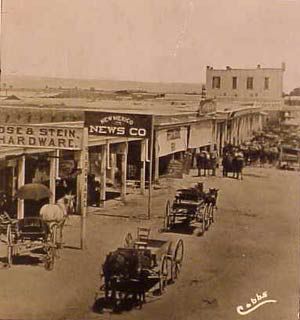 Another weekend, another concert in the Arizona desert. This time, it was to see Bruce Springsteen's acoustic show at the new Glendale Arena (see my previous U2 review for my comments on this wonderful new venue). My "entourage" for this concert had somewhat of an international flair as I came out with Simon -- who usually lives in Buckinghamshire, England, but is in the States following the Bruce and U2 tours -- and Hans from Frankfurt, Germany -- a fan I met way back on the 1992 tour in Ames, Iowa. (While I'm heading back to New Mexico this afternoon, the two of them are going to Vegas for a night of gambling before catching up with Springsteen once again in L.A.).
Another weekend, another concert in the Arizona desert. This time, it was to see Bruce Springsteen's acoustic show at the new Glendale Arena (see my previous U2 review for my comments on this wonderful new venue). My "entourage" for this concert had somewhat of an international flair as I came out with Simon -- who usually lives in Buckinghamshire, England, but is in the States following the Bruce and U2 tours -- and Hans from Frankfurt, Germany -- a fan I met way back on the 1992 tour in Ames, Iowa. (While I'm heading back to New Mexico this afternoon, the two of them are going to Vegas for a night of gambling before catching up with Springsteen once again in L.A.).
With this being the first arena show of the tour (two-thirds of the venue were blocked off by a huge curtain behind the stage), a set of "rules" were distributed to people standing in line before the concert:
- This show is a solo acoustic performance, set up in a theater-style arrangement.
- There will be no intermission.
- All guests must be seated by the start of the first song. Guests arriving to their seating section after the start of the show will be seated following the third song.
- All concession stands will close 10 minutes prior to the start of the show and will remain closed for the duration of the show.
- No cameras, video or audio recording devices will be permitted into the show.
I thought this was a good idea since it gave ticket-holders some notice that this wouldn't be your typical Bruce rock show (I'm sure a few people in that line had no idea this was an acoustic tour).
The doors opened shortly after 6:00 and we streamed in; after loading up with nachos, burgers, and sodas at the concession stand (deciding to buy our shirts and programs after the show), we headed down to our seats -- fifth row, center stage. Not quite as close as my last acoustic Bruce show -- in 1996 in Albuquerque -- but plenty close enough. With the burger wrappers shielding the view of anyone looking, Simon fiddled with his Nomad Jukebox 3 and tiny microphones which he intended to record the show with (I listened to part of his tape from the Dallas show on the plane ride over -- it's amazing how good some of these recordings turn out).
Bruce took the stage a little before 8:00 to a rearranged version of "Reason To Believe" from 1982's
Nebraska, followed by a great version of the title track of the new
Devils & Dust album. This song is one of my favorites of the new tracks, with some really powerful lyrics -- I just wish he would annunciate the words more clearly when singing it live. What followed was over two hours of tunes performed on acoustic and electric guitars as well as several done at the piano -- often punctuated with harmonica solos. While Bruce did introduce several songs with some of his famous storytelling, I was a bit surprised he didn't do it as much as what I'd heard on
The Ghost Of Tom Joad tour of 1995-97 or tapes of his February 2003 solo benefit shows in the Boston area. Still, it's early in the tour and I'm sure Bruce will loosen up much more as it continues.
Probably the biggest highlight for me was hearing a solo piano version of "Racing In The Street" from my favorite Springsteen album, 1978's
Darkness On The Edge Of Town. It literally sent chills down my spine. The show also featured the tour debut of "Book Of Dreams", one of the better songs released on
Lucky Town in 1992.
A nice surprise came during the first song of the encores when fellow-
E Street Band member (and a former member of
Grin and
Neil Young's
Crazy Horse as well as being a great solo artist in his own right)
Nils Lofgren came out to play dobro on an excellent version of "This Hard Land." First recorded in 1982, this song about two brothers riding the range "looking for lost cattle down south of the Rio Grande" is my favorite of all of the
Born In The U.S.A.-era songs (I first heard it as an outtake on a tape I traded for around 1986; it wasn't officially-released until 1995 in a re-recorded version on
Greatest Hits -- the original 1982 version was finally released on the
Tracks box set in 1998).
The show wrapped up with the buoyant "Waitin' On A Sunny Day" from 2002's
The Rising (a fun song that sounded great in an overcast London Crystal Palace Stadium with 60,000 people singing along but which didn't quite work in the acoustic setting of last night's show), a quick run-through of "My Best Was Never Good Enough Good Enough" (my least favorite track from
Tom Joad) and a version of 1978's "The Promised Land", performed closely to how it was during the
Tom Joad tour with a lot of percussion from Bruce banging on the back of the guitar.
All in all, it was a very satisfying show -- I would say more so than the Albuquerque acoustic show (although I missed meeting Bruce afterwards and racing down the street on his Harley as he did in my hometown in 1996).
With setlists being fairly similar on this tour (so far), I don't really have much of a desire to travel far and wide to any more Bruce shows -- I'll be content to download and listen to the tapes. Of course, if the rumored fall leg with the full band comes to pass...
SETLIST:
Reason To Believe - Devils & Dust - Youngstown - Lonesome Day - Long Time Comin' - Silver Palomino - For You [on piano] - Book Of Dreams [on piano] - Part Man, Part Monkey - Maria's Bed - Highway Patrolman - Reno - All I'm Thinking About - Racing In The Street [on piano] - The Rising - Further On (Up The Road) - Jesus Was An Only Son [on piano] - Leah - The Hitter - Matamoras Banks
ENCORES:
This Hard Land [with Nils Lofgren] - Waitin' On A Sunny Day - My Best Was Never Good Enough - The Promised Land
Listen to Bruce Springsteen's "Racing In The Street" live:










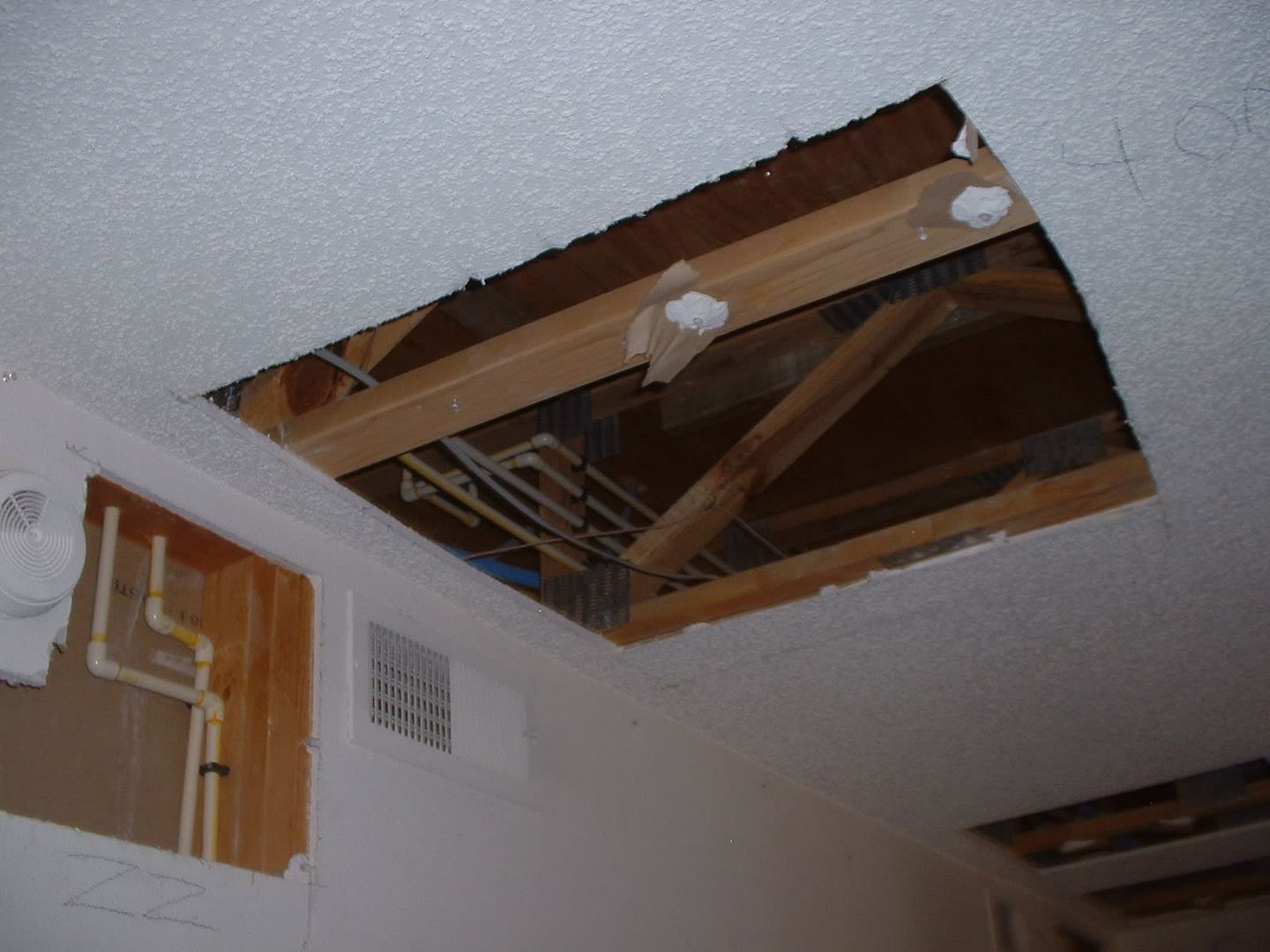
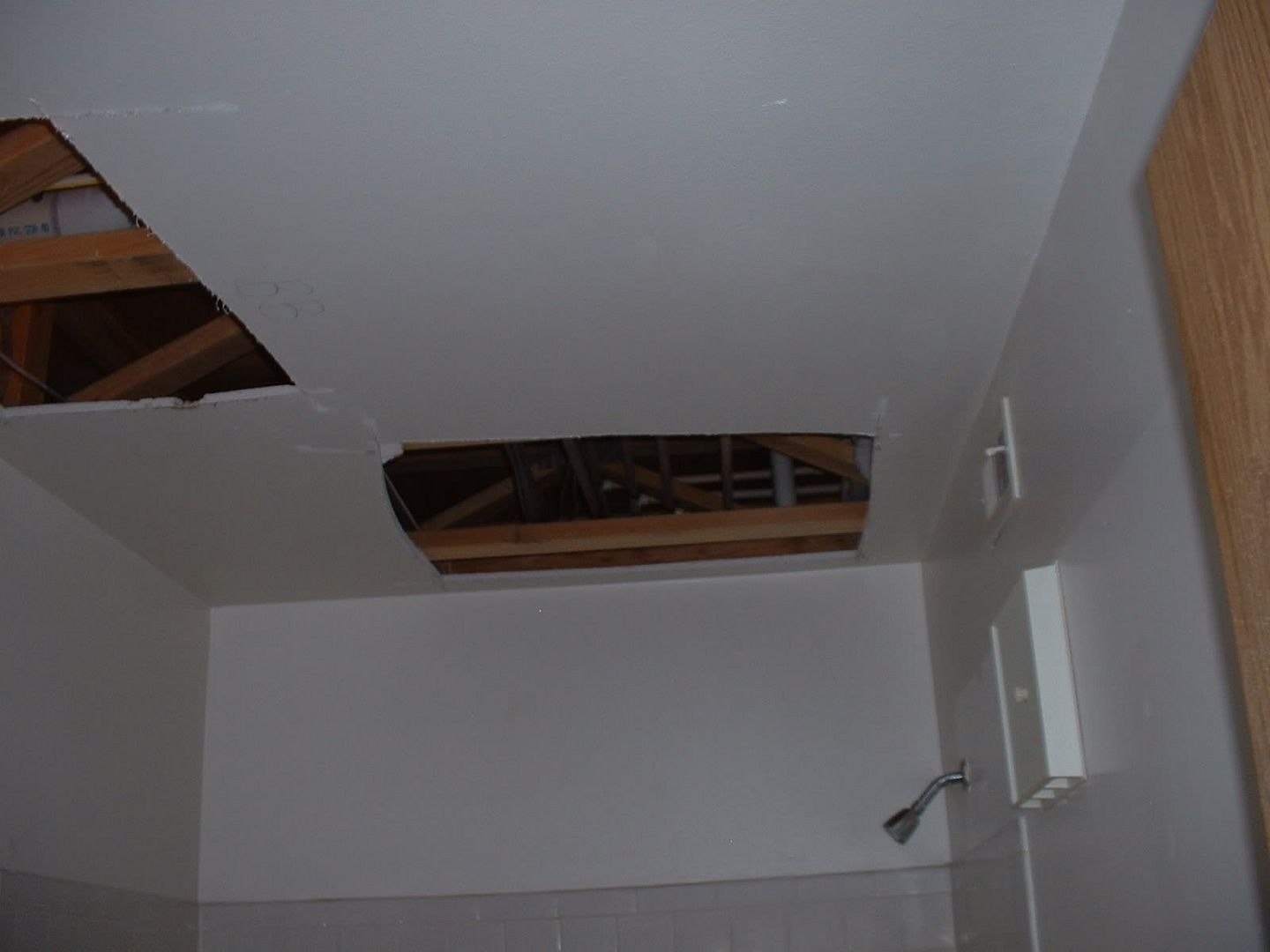
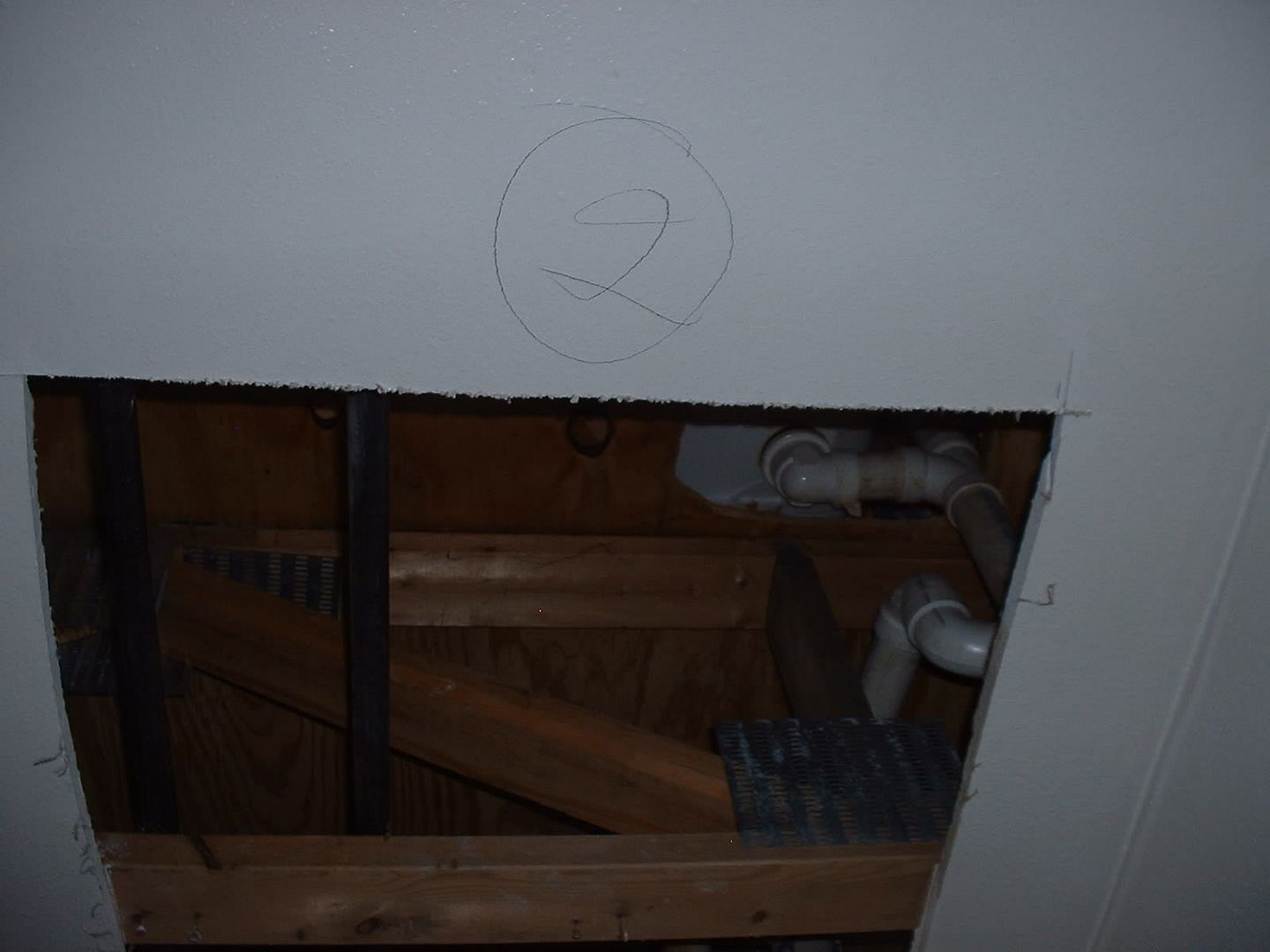

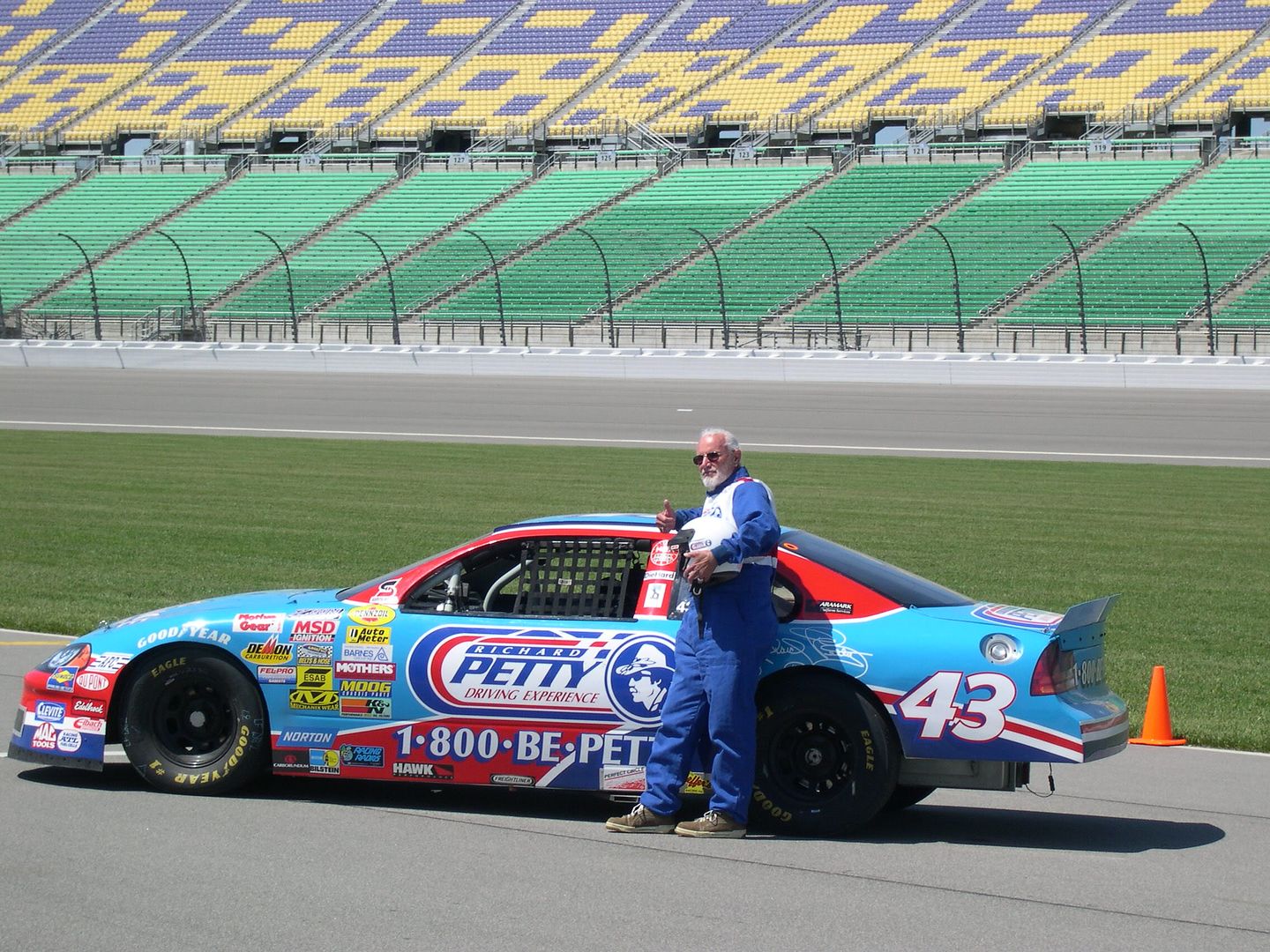
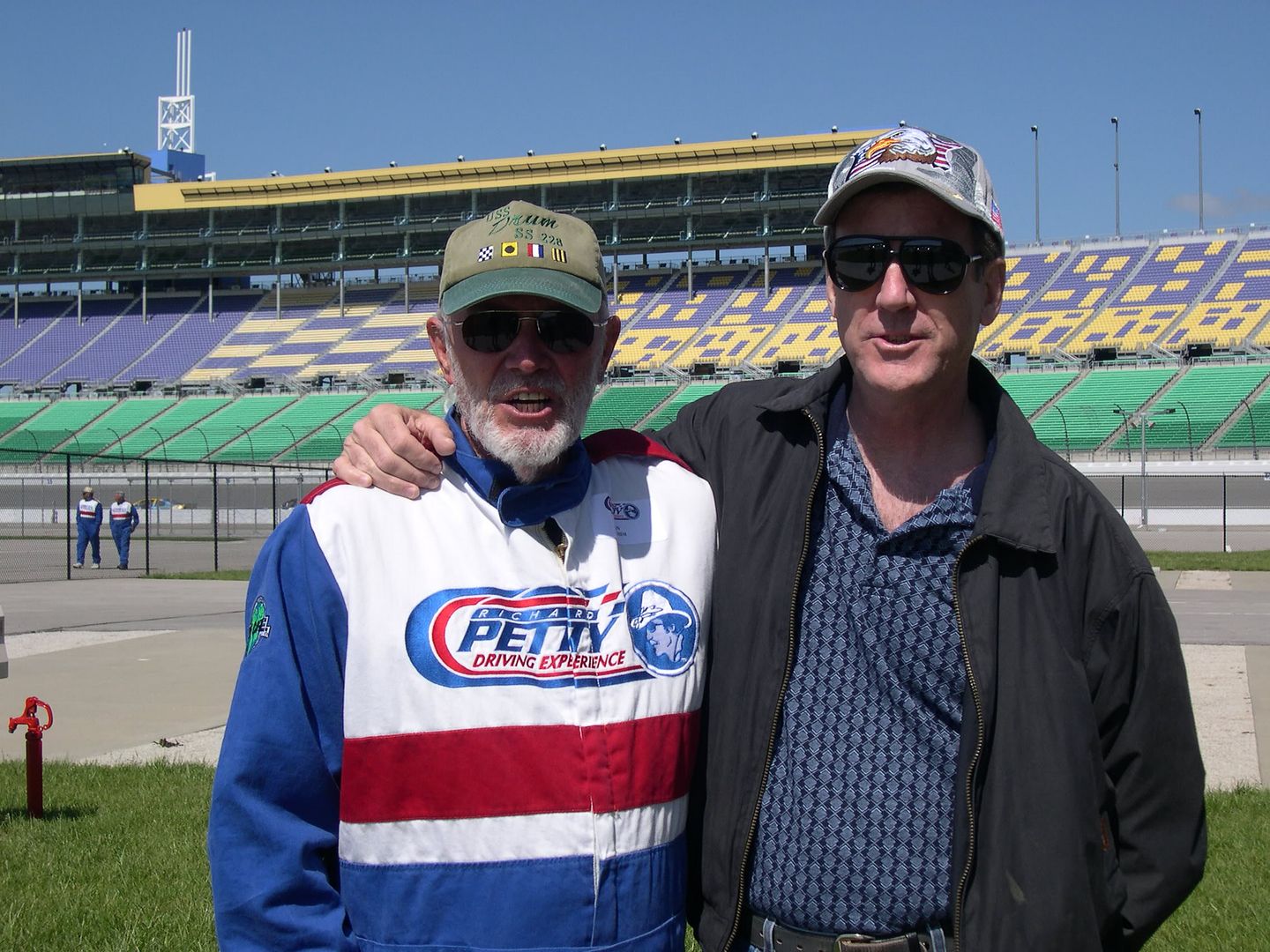
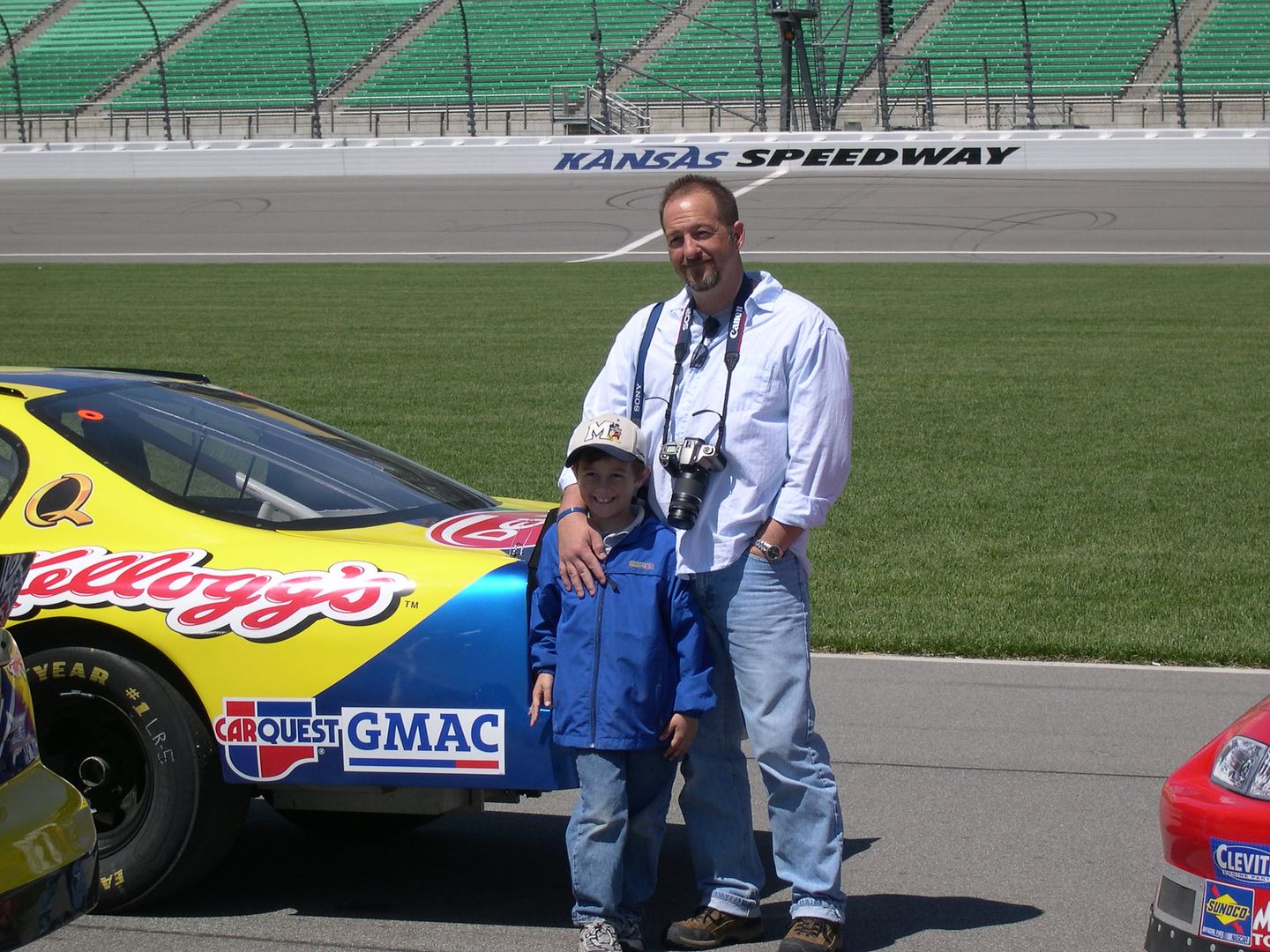
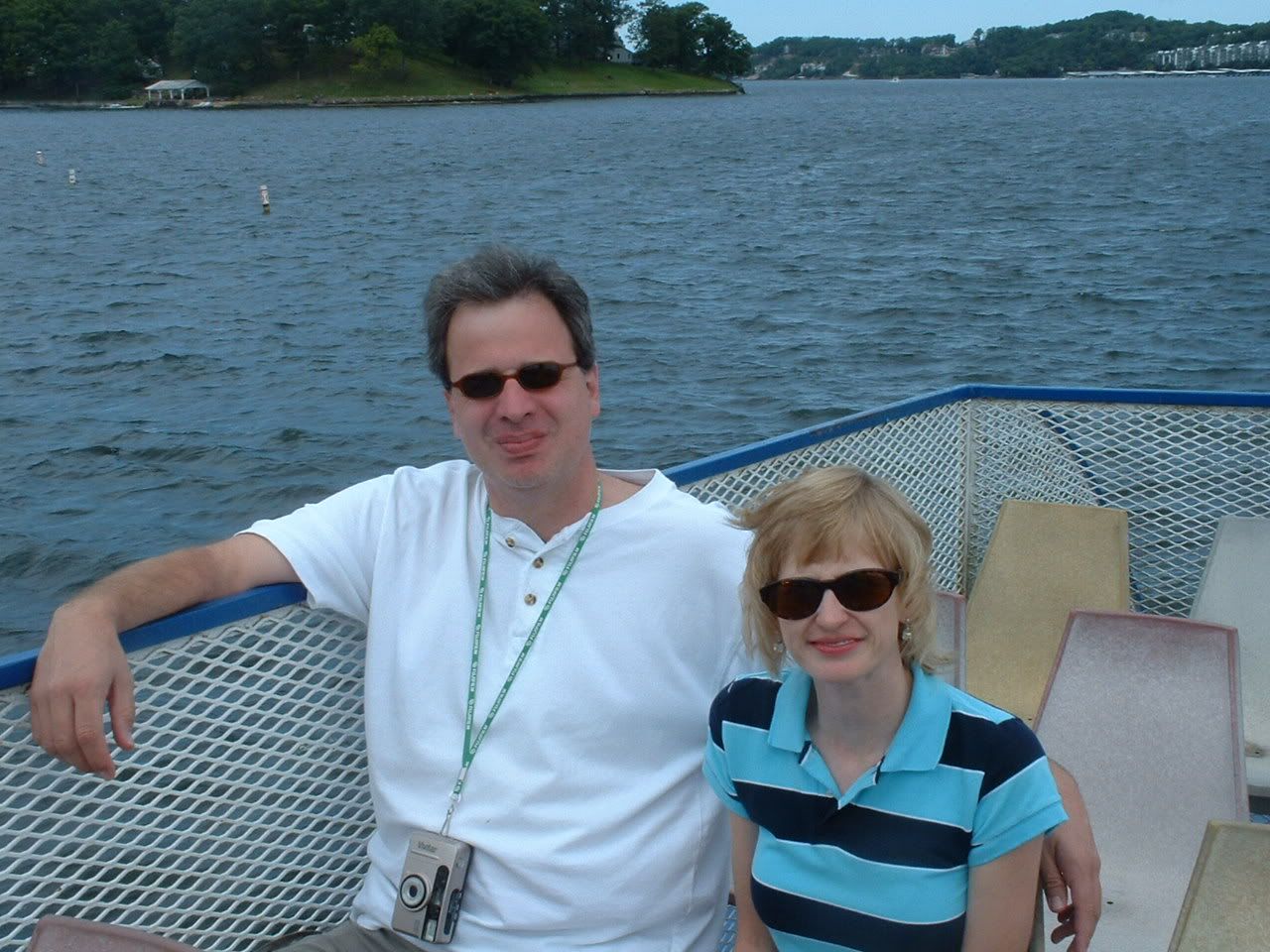

 The exact cause of the second explosion is a point of contention. The wreckage of the Lusitania shows evidence that she may have been torpedoed a second or even a third time -- but the second, most destructive, explosion may not have been caused by a German torpedo, but rather have come from inside the ship. The reason behind this speculation is that the Lusitania's cargo can be called into question. She had originally said she would take, along with her passengers, platinum, bullion, diamonds and various other precious stones, but these things were never found and port records do not list them either. She is believed to have instead carried, under the guise of bales of fur and cheese boxes, 3-inch shells and millions of rounds of rifle ammunition. If true, these materials comprised "a contraband and explosive cargo which was forbidden by American law and... should never have been placed on a passenger liner."
The exact cause of the second explosion is a point of contention. The wreckage of the Lusitania shows evidence that she may have been torpedoed a second or even a third time -- but the second, most destructive, explosion may not have been caused by a German torpedo, but rather have come from inside the ship. The reason behind this speculation is that the Lusitania's cargo can be called into question. She had originally said she would take, along with her passengers, platinum, bullion, diamonds and various other precious stones, but these things were never found and port records do not list them either. She is believed to have instead carried, under the guise of bales of fur and cheese boxes, 3-inch shells and millions of rounds of rifle ammunition. If true, these materials comprised "a contraband and explosive cargo which was forbidden by American law and... should never have been placed on a passenger liner."
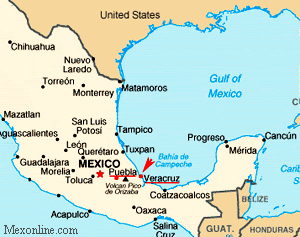 After reinforcements arrived, a French force of (7,000) seven thousand set out on the (225) two hundred twenty five mile route to Mexico City in early April under the illusion that the Mexican people would welcome them. This illusion was fostered by Juan N. Almonte, a Mexican reactionary, and by Count Dubois du Saligny appointed French Ambassador to Mexico by Napoleon. Presidente Juárez commanded General Ignacio Zaragoza to block the advance of the French Army with 2,000 soldiers at the fortified hills of Loreto and Guadalupe by the city of Puebla.
After reinforcements arrived, a French force of (7,000) seven thousand set out on the (225) two hundred twenty five mile route to Mexico City in early April under the illusion that the Mexican people would welcome them. This illusion was fostered by Juan N. Almonte, a Mexican reactionary, and by Count Dubois du Saligny appointed French Ambassador to Mexico by Napoleon. Presidente Juárez commanded General Ignacio Zaragoza to block the advance of the French Army with 2,000 soldiers at the fortified hills of Loreto and Guadalupe by the city of Puebla.
 Tingley just isn't a suitable venue for any event -- including the horse shows and rodeos held every year as part of Expo New Mexico. Built in 1957 (the first performers there were Roy Rogers and Dale Evans), the place looks -- and smells much older. It's basically a huge horse barn, with decades of manure permeating the air. The "seats" are long bleachers (beware of splinters!) that run the length of the sides (although a few seat-backs were added a few years ago). The floor is dirt (which is covered with the fake ice during hockey games). There are a few ancient concession stands with the standard fare you would find ten and more years ago; even little league baseball games have better grub! But worst of all, for a lover of live music like myself, is the terrible acoustics. I have yet to hear a band perform there that could make themselves sound good through the PA. I don't think it's possible.
Tingley just isn't a suitable venue for any event -- including the horse shows and rodeos held every year as part of Expo New Mexico. Built in 1957 (the first performers there were Roy Rogers and Dale Evans), the place looks -- and smells much older. It's basically a huge horse barn, with decades of manure permeating the air. The "seats" are long bleachers (beware of splinters!) that run the length of the sides (although a few seat-backs were added a few years ago). The floor is dirt (which is covered with the fake ice during hockey games). There are a few ancient concession stands with the standard fare you would find ten and more years ago; even little league baseball games have better grub! But worst of all, for a lover of live music like myself, is the terrible acoustics. I have yet to hear a band perform there that could make themselves sound good through the PA. I don't think it's possible.
